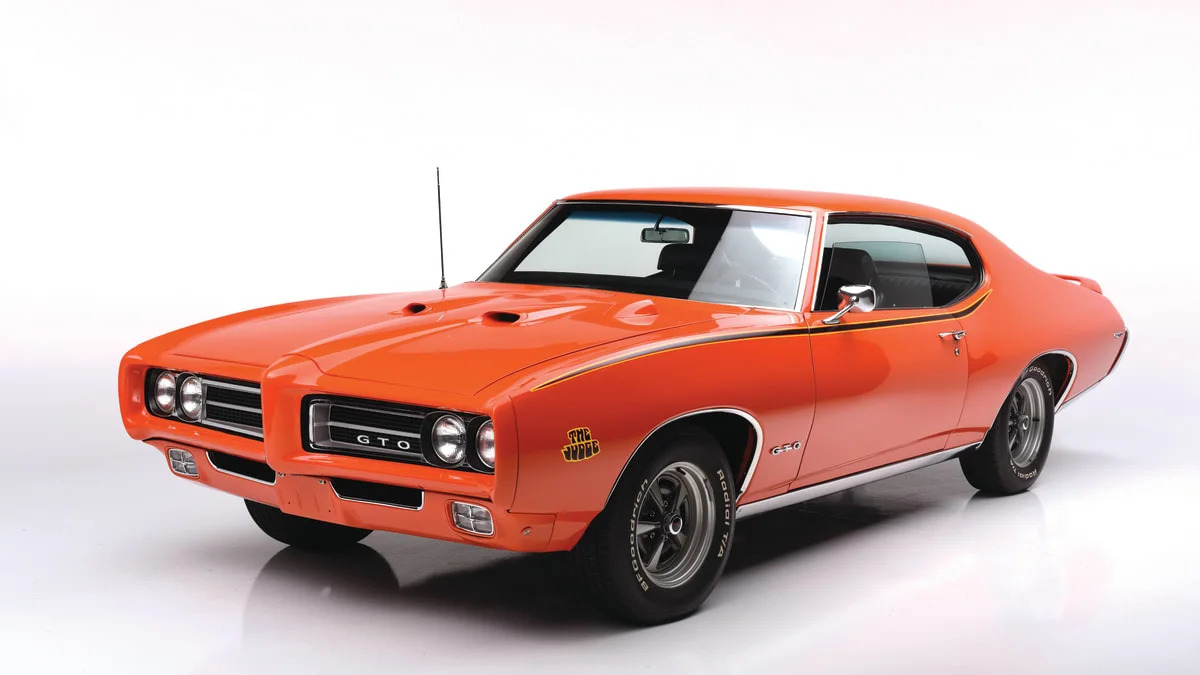What does GT mean on cars?

The automotive landscape is littered with acronyms. From ABS to BLIS, ESC, DOHC, CHMSL and TPMS, navigating this jumble of letters can be daunting. There’s one very popular set of letters that have been around for over a century, and it has taken on different meanings over that time: GT.
We’ve seen that badge on countless vehicles from nearly every car manufacturer, but what does it mean? GT stands for gran turismo in Italian, which translates to grand touring in English. The first car to ever carry that moniker is widely accepted as the 1929 Alfa Romeo 6C 1750 Gran Turismo, and it set the definition for decades to come.
What is a Grand Touring, or Gran Turismo car?
Gran Turismo generally referred to a vehicle that fills the space between luxury and sports cars. It was intended to represent a vehicle that is both inspiring to drive, yet comfortable enough for long journeys. That meant it needed stronger performance than a typical road car delivered, and not just in regard to power, though that is a big part of the equation. Braking and handling also needed upgrades to account for the added power.
As a GT, these upgrades needed to be carefully metered, so as not to delve too deep into sport car territory. The suspension had to deliver more compliance than those sport and race cars in order to provide a decent amount of comfort. The brakes also needed to be less abrupt to allow for smoother stops and easier conservative driving. In some cases, engines have been quieted somewhat to reduce long-distance fatigue.
The dream sequence was to fill the need for well-to-do clients that wanted a vehicle that could comfortably log a ton of highway miles on the way to a luxury destination while also being able to tear up Alpine switchbacks with reasonably high aggression. The definition later expanded to include more than two seats as well as a trunk large enough to carry luggage for those passengers.
What does GT mean in cars today?
In the 1960s and 70s, GT began to lose its traditional meaning. It was applied to Ford’s famed GT40 racecar, even though it had nothing to do with touring. Ferrari augmented it for the GTO (for Gran Turismo Omologato), a race car that had to be homologated for road use to qualify for competition. Pontiac liked the name so much, it became the high-performance variant of the LeMans.

Later, the GT badge began showing up as a trim-level designation. These early models generally stuck to the idea that these vehicles should deliver added performance. In some cases, it meant more power and performance, but it also came to include less significant upgrades such as wider tires and styling flourishes.
For instance, the Ford Mustang GT is one of the first cars many people probably think of when they hear the GT name. The Ford Mustang isn’t a traditional grand touring car, having started as a sporty coupe and convertible before morphing into a muscle car and a creditable sports car. Today, GT can mean almost anything, though there are some vehicles that continue the custom. Audi’s e-tron GT certainly applies, as does the Bentley Continental GT. Porsche’s GTS models also add some spice all the way up to the track-ready GT3 RS. Even Kia continues the tradition with sportier GT trims for both its compact Forte and its all-electric EV6. One of the more traditional uses is the McLaren GT, which slightly softens the edges when compared to its more frenetic siblings, though its comfort and convenience are up for debate.
With all of this in mind, drivers seeking a bit more excitement could still find their desired performance with many GT-badged vehicles, but that doesn’t apply in every case. Do your homework and find out what you get if there’s an additional cost, both monetarily and in regard to comfort.
Related video:







